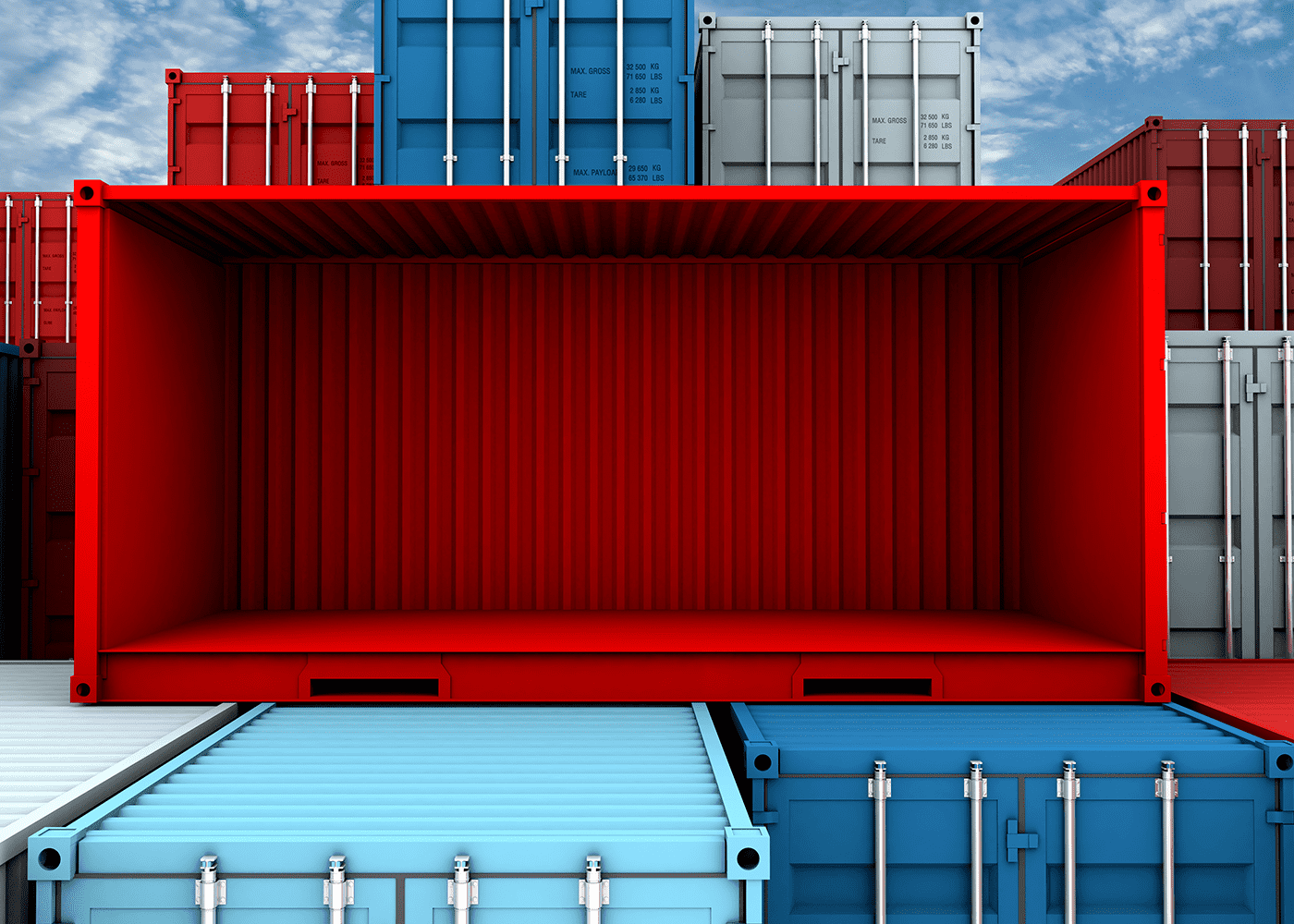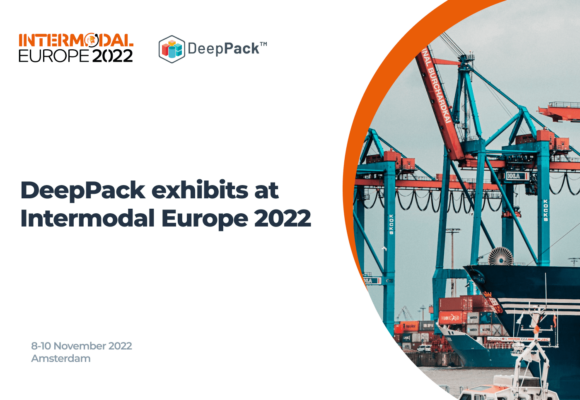The Tech Behind DeepPack (Part 3)
October 4, 2022

October 4, 2022
In parts 1 and 2 of this blog, we discussed the theory and the state-of-the-art technology behind DeepPack and highlighted how Reinforcement Learning is well adapted to solve the load planning problem. In this blog, we will demo the product itself and provide an outline of the features currently implemented.
The DeepPack Workflow
Our software provides a collaborative workspace with an intuitive interface, allowing users to easily navigate through the different sections of the workflow, from creating the loads all the way to viewing results.
The user will make the following steps to obtain the final load plan:
- Uploading a .csv load file, manually creating the load through the dedicated user interface, or via seamless API integration with the user’s TMS. A load consists of a list of items to be packed along with their respective characteristics (dimensions, weight, quantity, constraints, etc..).
- Choosing the type of container into which the items are to be packed, from a list of standard options; or by creating a custom size.
- Choosing the optimization method. This choice depends on how much time is available to the user, with more time typically leading to greater packing efficiency. DeepPack currently offers two optimization methods: an instant solution that provides rapid results, and an optimized solution that provides an improved packing strategy based on a given time limit.
- Once the “run” is complete, a 3D representation of the packed container can be inspected, alongside further critical information such as the weight distribution and volume utilization. The 3D representation also allows the operator to capture the exact coordinates of each individual item inside the container and lays out step-by-step loading instructions.
DeepPack: Adapting to ever-changing constraints
DeepPack brings forward a new approach allowing the user to add or remove constraints easily depending on their industry needs, in a user-friendly and easy-to-use platform. This is in contrast to existing load planning tools that are based on heuristics and may struggle to adapt to diversified packing scenarios.
DeepPack optimizes load planning while respecting multiple constraints:
- Weight: This dictates that the weight of all items placed inside a container must be less than the allowable safe weight. Respecting the recommended weight also ensures that the carrier will be functioning at optimal levels, hence, consuming less fuel.

- Rotation: Item orientation is vital when transporting certain goods (household appliances, liquids, etc). DeepPack can restrict the allowed rotations, allowing the operator to ensure the goods are transported safely. For example, items holding the “this way up” symbol must not be carried sideways or upside down.

- Stackability and floor placement: The user can determine whether items may be stacked on top of others (or not), depending on fragility, support level, surrounding items, etc.

- Minimum support level: DeepPack can ensure that an item is supported by the ground or other items below it to obtain a realistic and stable loading plan.

- Unloading Priority: DeepPack allows the user to generate a load plan while respecting a specific order. Packages need to be delivered to different locations, and hence must be unloaded at multiple stops. DeepPack ensures that these items are grouped together to save time during unloading. Practically, items to be dropped off at the first stop are placed near the door.

Three months into the Early Access Program and we’ve had the chance to engage with multiple participants who gave us exposure to their specific needs and requirements. We have already made several improvements to DeepPack based on specific use cases and the user experience of our EAP participants. We will continue to collaborate with future users to deliver the best possible output.
If you would like to test DeepPack on your own data, we have extended our Early Access Program until the end of the year, free of charge. Additionally, participants will benefit from an exclusive discounted pricing tier.
If you have any questions, get in touch at hello@deeppack.ai




Share this article